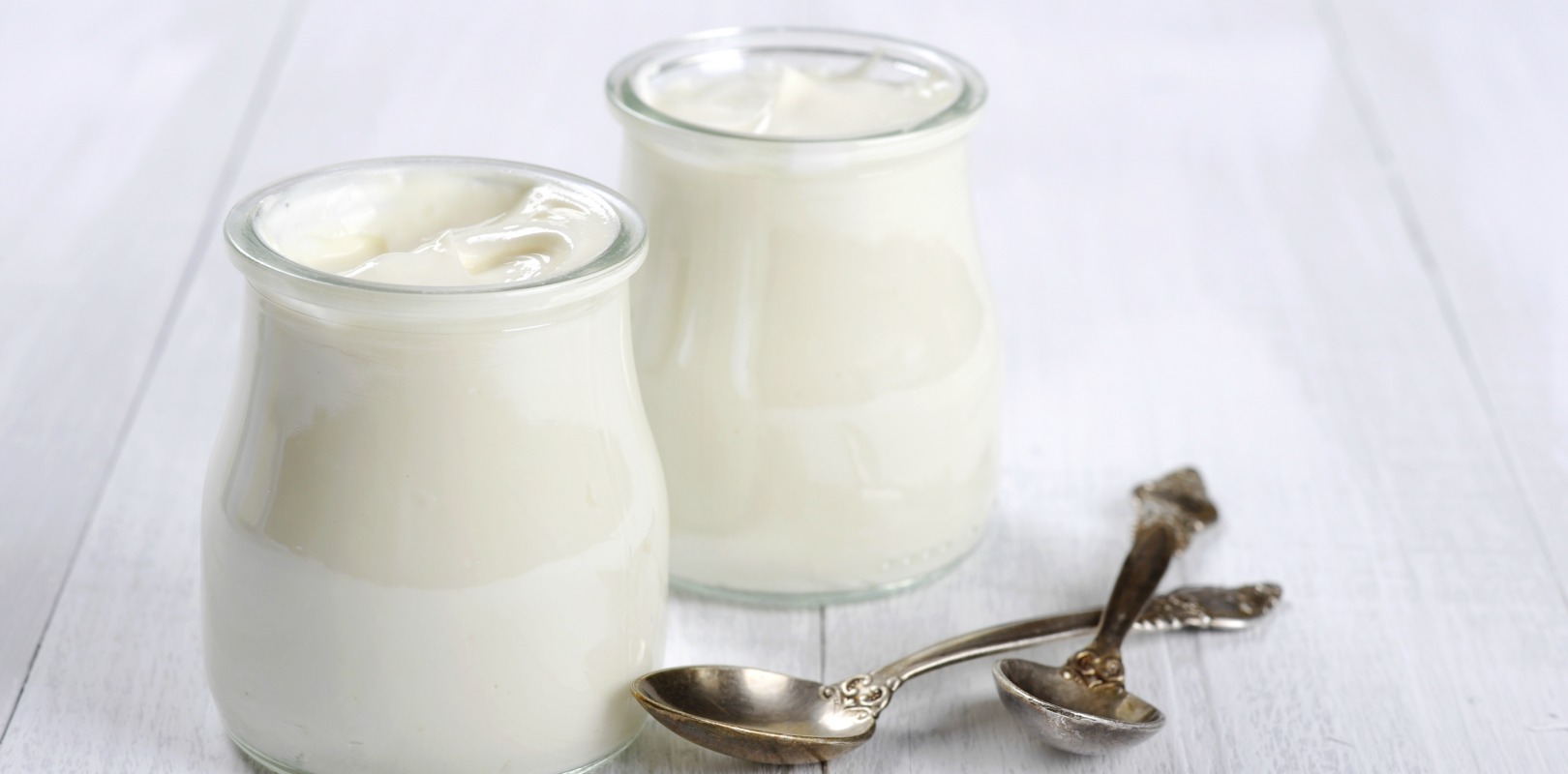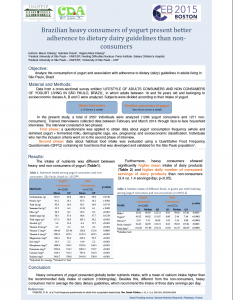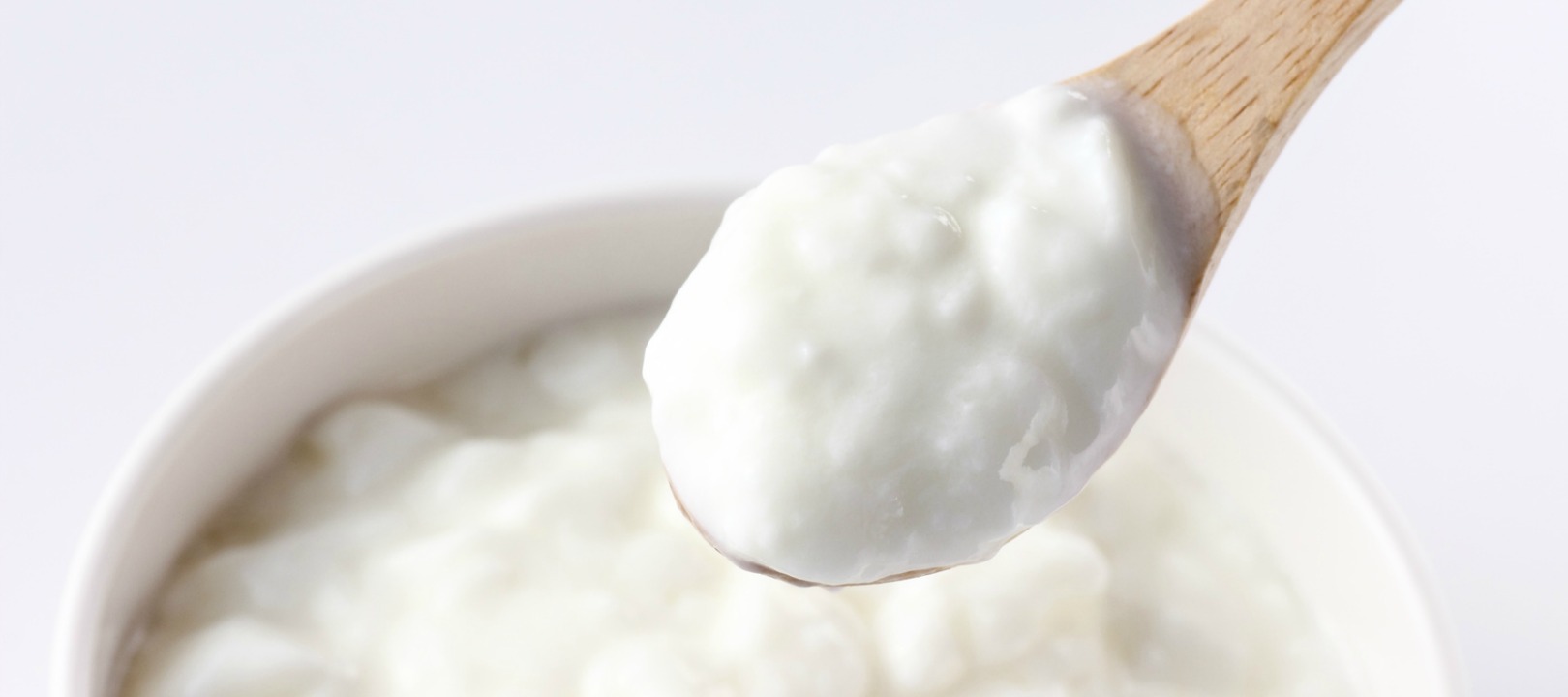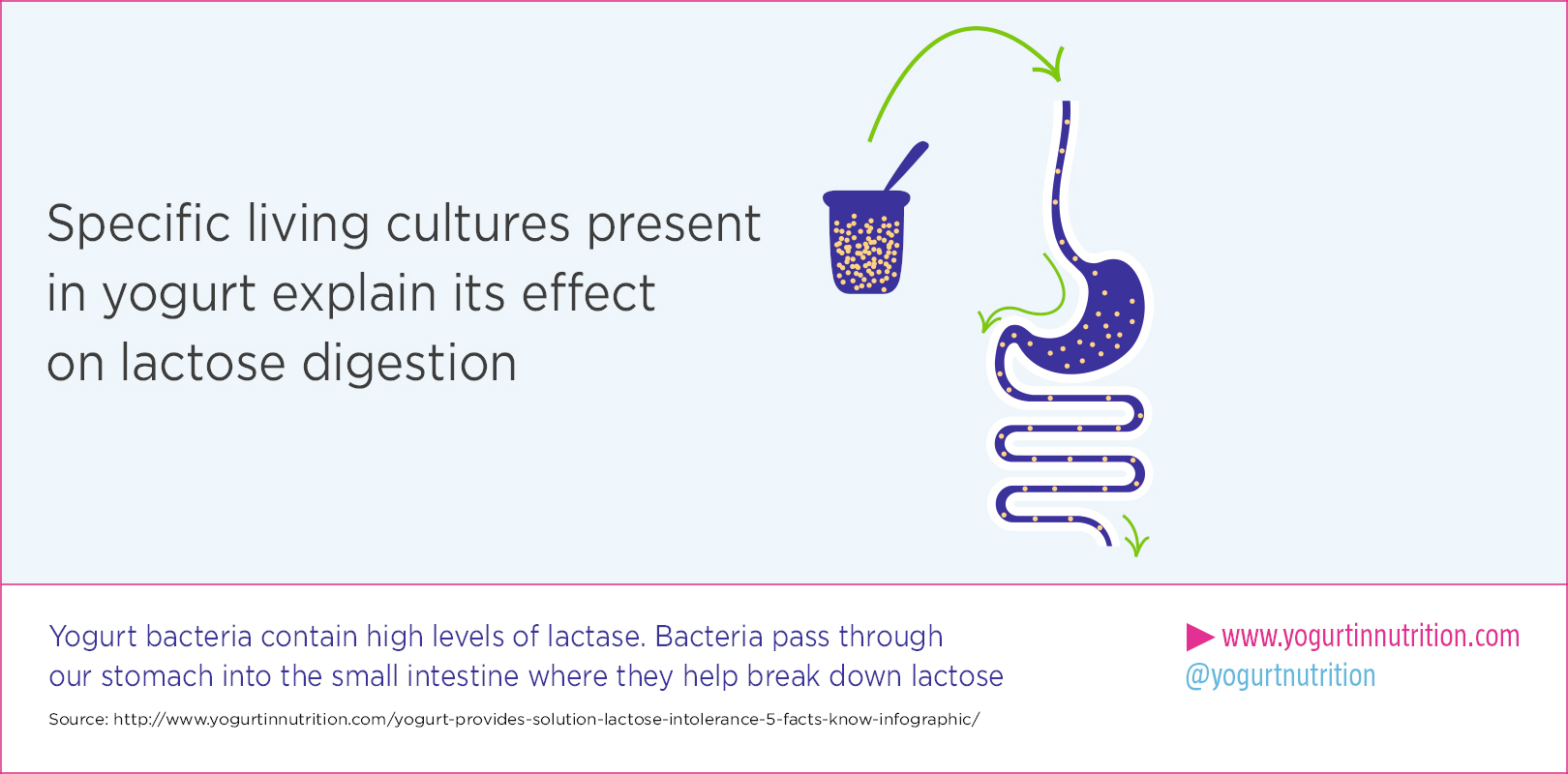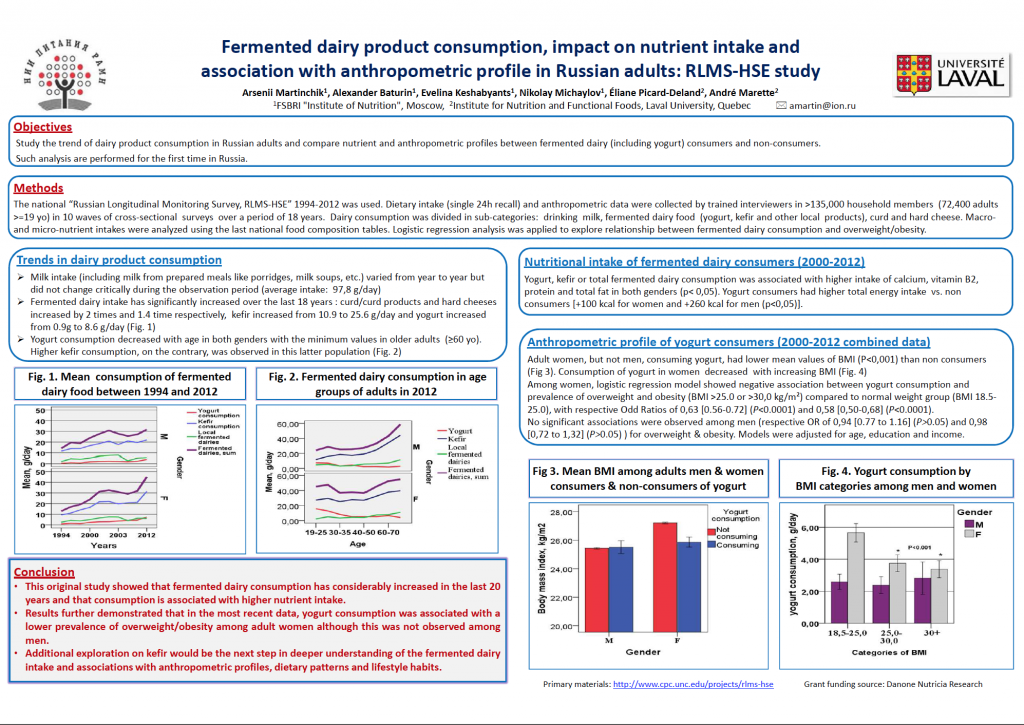Yogurt is a dairy product produced by the fermentation of milk in the presence of bacteria; specifically, Lactobacillus andStreptococcus. While we normally think of milk as the stuff that comes from cows, goats, sheep, and even camels, but milk from plant sources like almonds and coconuts may also be successfully fermented. Research presented at the American Heart Association’s High Blood Pressure 2012 Scientific Sessions suggests that consuming yogurt may help to lower your risk of developing hypertension (aka high blood pressure)1. In the 15-year study, 2,000 healthy volunteers who had normal blood pressure were followed and monitored for yogurt consumption via questionnaires completed over three intervals during the observation period. Those participants who ate the equivalent of at least one six-ounce pot of yogurt every three days (approximately 2% of their daily caloric intake) were 33% less likely to develop high blood pressure2. Moreover, the blood pressure of the yogurt-eaters rose less than that of non-yogurt consumers.
How is yogurt made?
Milk is first heated to 176°F (80°C) to wipe out any unwanted bacteria and to alter the structure of the proteins in the milk, allowing it to set rather than form curds. The milk is then cooled to around 112°F (45°C) and maintained at that temperature for several hours to permit fermentation in the presence of added bacterial culture.
What is hypertension?
Hypertension, or high blood pressure, is a measure of the force with which blood is being pumped through your veins and arteries. Left untreated, high blood pressure can cause tears and scarring on the inner walls of the blood vessels. These lesions can trap cholesterol and plaque in the bloodstream that can lead to blockages. In turn, blockages of sticky, gooey fats and cholesterol reduce the inner diameter of the blood vessels, raising blood pressure even further. Think of what happens to your plumbing when you pour leftover fat down the drain on Thanksgiving Day. Now think of the same thing happening to the “pipes” in your circulatory system. Yuck!
How does yogurt consumption affect blood pressure?
Yogurt has many health benefits. It is a cheap, low-calorie source of calcium, protein and other daily nutrients. It keeps you feeling fuller for longer and also provides fluid necessary for proper hydration. How might it lower blood pressure? One possibility might be simple behaviour modification. Eating yogurt is more satisfying, so we are less likely to reach for higher calorie sources of calcium and protein. Being lower in fat, it is less likely to stick to the insides of our blood vessels.
Alternatively, in news hot off the press, researchers at Johns Hopkins and Hale universities3 report that bacteria resident in the gut may help to regulate blood pressure. Bacteria produce small-chain fatty acids (SCFAs) that attach themselves to a protein called Gp41 and it is this activity that was observed to lower blood pressure. Yogurt contains both fatty acids and bacteria and could conceivably aid blood pressure reduction in this way. Yogurt has many nutrients, including calcium for bone and nerve health and it is a satisfying, low-fat source of protein. The possibility that it may also help to maintain healthy blood pressure is just another reason to include this tasty treat in your regular diet.
References:
-
Got Yogurt? Then you might not get high blood pressure,” Harvard Men’s Health Watch (no authors listed) (2012).
-
Yogurt consumption, blood pressure, and incident hypertension: A longitudinal study in the Framingham Heart Study,” American Heart Journals – Abstract 188 (2012).
-
Pluznick, J et al, “Olfactory receptor responding to gut microbiota derived signals plays a role in renin secretion and blood pressure regulation,” Proceedings of the National Academy of Sciences of the United States of America (2013).



